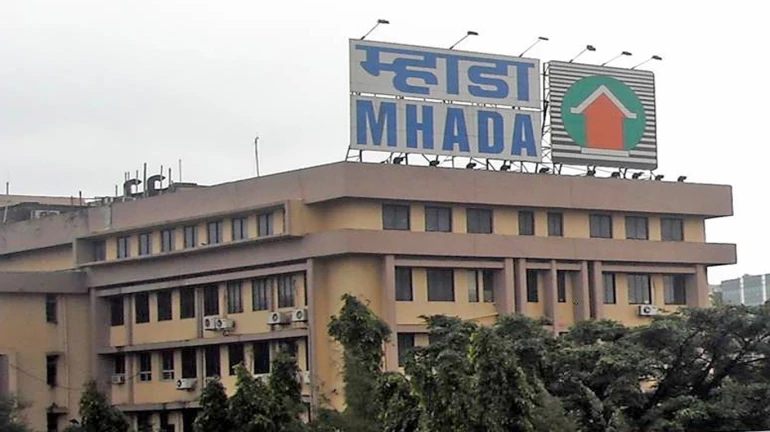
The city of Mumbai has seen exponential growth in the past couple of decades, with a slew of high-rise structures springing up to meet the demands of the city's growing population. While the financial capital grows, the geographical constraints of the island city make owning a house as difficult as known. With a premium attached to limited space, the city’s newly constructed homes are hardly affordable.
On the other hand, a significant fraction of the city’s existing housing stock remains dilapidated and offers unsafe and poor living conditions. Nearly 14,000 buildings are in dire need of remediation, with 25,000 to 30,000 housing societies in the city having expressed a desired interest in redevelopment, quoted Maharashtra Housing and Area Development Authority (MHADA).
This also creates a challenge for people seeking affordable homes. With lack of available homes, people in Mumbai have long been settling in aging structures risking their health and lives, in a lot of cases.
The ray of hope for distressed buildings in the city
In the last few months, numerous redevelopment projects in the city of Mumbai finally saw some progress after being in the waiting for almost a decade. However, even as top Mumbai realtors turned to redevelopment, the effort is limited to redevelopment of one or several old housing societies. The larger challenge of slum and cluster redevelopment continues to be a concern. Following the building collapses at the start of the year and keeping in mind challenges related to health, sanitation, hygiene and socio-economic survival, the light on the issue faced by slum-dwellers is gaining attention. Especially following the recent threat posed by the pandemic, the need to address the growing cluster population only got grave. Of late, the state urban development department brought forward a focused approach in favour of cluster-based redevelopment that would help benefit the communities of the city at large. This renewed focus towards cluster-based redevelopment aims to provide the citizens with safety and better living conditions through a sustainable and achievable solution.
Although the focus on cluster redevelopment as a part of urban renewal may seem nascent or long in works, a few projects have set the blueprint for a successful execution. South Mumbai’s very own Bhendi Bazaar redevelopment project is one such example. Today Bhendi Bazaar is home to more than 20,000 people from 3200 families who have inherited the past glory along with a dilapidating infrastructure that is more than 150 years old. Many of the buildings in Bhendi Bazaar were made of wood and brick and were badly affected by structural weaknesses. Even at present, the area suffers from congestive lanes and roads that are not navigable. In 2009, Saifee Burhani Upliftment Trust took up the effort of redeveloping the area, envisioned by the 52nd leader of the Dawoodi Bohra community, His Holiness Dr. Syedna Mohammed Burhanuddin. The ambitious project was designed to cover a total area of 16.5 acres comprising more than 250 decrepit buildings, 3200 families and 1250 shops. Under the guidance and supervision of SBUT, the area has been able to transform itself into a model sustainable and self-contained redevelopment project that caters to every requirement of its people. From providing the residents with bigger homes that are safe and hygienic to clear water and increased green cover for better health and air quality, the new Bhendi Bazaar has put behind the health and hygiene challenges that the people were earlier privy to. Upgraded locations for the small businesses, efficient parking and waste management has made the area more appealing and further opened it up to the city of Mumbai. In 2020, 610 families and 128 businesses made their way back into new homes and shops placed into two towers built across one acre of land, replacing 13 dilapidated buildings.
Seeding in sustainability
While new societies in the city are now being built on the premise of green buildings certifications that are gradually becoming an ask amongst home buyers, renewal projects too should be planned similarly. Integrating sustainability into the fabric of design, planning and daily living can not only help sustain the infrastructure but also create aware communities. Enough space for natural light, water harvesting models, efficient waste segregation, green coverage, sewage treatment, alternate energy usage and more, are aspects that can now seamlessly be a part of any and every living space. At Bhendi Bazaar, too, the master plan focuses on promoting a sustainable way of life. This project, in many ways, incorporates the essentials of a smart urban cluster and serves as a prototype for all future redevelopment projects.
As the financial capital of the country charts its recovery from the pandemic, planning the city’s renewal that equally captures the up and coming high-rises and the aging infrastructure will set the city up for progress. The growing demand for homes as the city welcomes more people only makes the need for sustainable structures more critical.





